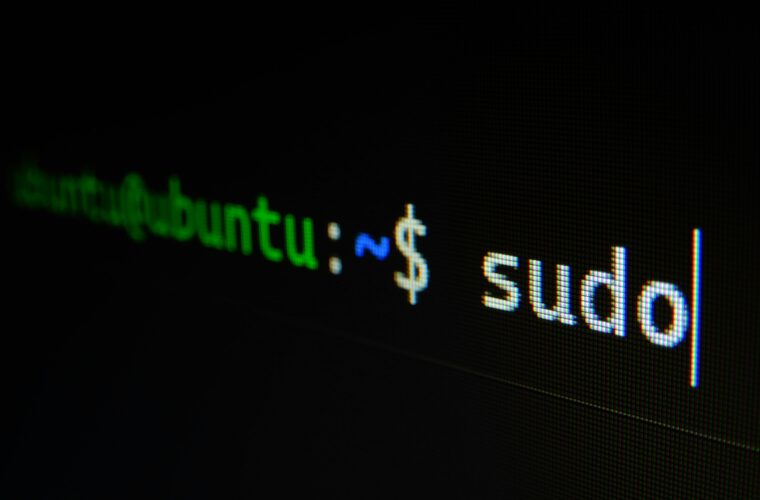How would modern application development survive without open-source software? It has become a foundation of innovation, offering flexibility, cost-effectiveness, and a collaborative approach that drives continuous improvement. Security tools built on open-source frameworks are now essential to the software development lifecycle (SDLC) and DevSecOps practices. Although they improve security, they also bring risks that need close attention. Managing these challenges effectively is key to building a resilient and safe development environment.
By leveraging open-source security tools, organizations can detect vulnerabilities, enforce compliance, and protect applications without disrupting development speed. Let’s take a look at why open-source security is critical in DevSecOps and some of the best tools for different security testing needs, particularly Static Application Security Testing (SAST) and Dynamic Application Security Testing (DAST).
The importance of open-source security in DevSecOps
DevSecOps is designed to integrate security from the initial stages of development rather than dealing with it as an afterthought. Open-source security tools enable organizations to automate security checks and implement best practices across their development pipelines. Unlike commercial software, open-source solutions have a large community of contributors that regularly update and improve their security features.
However, open-source software has certain difficulties. Dependency management is one of the most major risks since many open-source projects depend on potentially vulnerable outside-of-house libraries. Organizations also have responsibilities for maintaining security controls since open-source products usually lack customer support.
Security teams should use proactive techniques, including regular vulnerability scanning, automated security testing, and strict access controls to help reduce these risks. Now, let’s look at some of the greatest open-source technologies for protecting DevSecOps environments.
Static Application Security Testing (SAST) Tools
SAST tools analyze source code for security flaws before an application is compiled or executed. These tools help developers catch vulnerabilities early in the development cycle, reducing the cost and complexity of fixing security issues later.
SonarQube is one of the most popular open-source SAST tools. It scans source code for security vulnerabilities, code smells, and quality issues, ensuring that applications follow the best coding practices. By integrating SonarQube (SonarCloud) into CI/CD pipelines, developers can get real-time feedback on potential security vulnerabilities, allowing them to address issues before they reach production. SonarQube is an adaptable tool for managing code security and quality across a wide range of software projects, as it supports numerous programming languages and has extensive rule sets.
Snyk, on the other hand, is an open-source security tool that detects and resolves vulnerabilities in dependencies, code, and containerized applications. In contrast to traditional SAST solutions, Snyk integrates easily with development processes, enabling real-time automated vulnerability detection and fixing. It is an essential tool for software developers due to its ability to continuously scan open-source dependencies for security risks. By integrating Snyk into CI/CD pipelines, organizations can implement security policies without affecting development speed.


Dynamic Application Security Testing (DAST) Tools
In order to find security flaws, DAST tools simulate real-world attacks while testing apps in their runtime context. These tools are especially helpful for identifying problems with input validation, session management, and authentication.
An effective open-source DAST tool for automated security scanning and penetration testing of web applications is called OWASP ZAP. By simulating attacks that take advantage of vulnerabilities in application security, this actively updated OWASP project assists developers and security teams in identifying vulnerabilities.
The automated feature of OWASP ZAP is one of its main benefits; teams can incorporate it into CI/CD pipelines to guarantee continuous security testing. It is a necessary tool for developers and security experts alike because of its scripting capabilities and user-friendly interface.
Additional open-source security tools
Beyond SAST and DAST, several open-source tools enhance DevSecOps workflows by providing continuous security monitoring, compliance enforcement, and incident response capabilities. These tools help organizations strengthen their security posture across cloud and on-premises environments.
Trivy is a lightweight vulnerability scanner tailored for containerized environments. It scans container images, file systems, and repositories to identify vulnerabilities in dependencies and base images. As containerization becomes the standard for cloud-native development, Trivy plays a critical role in ensuring security risks are detected and mitigated before deployment.
Wazuh is an open-source security monitoring platform that delivers real-time intrusion detection, log analysis, and compliance auditing. By aggregating and analyzing security events across cloud and on-premises infrastructures, Wazuh helps DevSecOps teams detect threats early and respond proactively.
OpenSCAP is a security automation framework that performs compliance checks, vulnerability assessments, and configuration analysis. It assists organizations in aligning with industry standards such as CIS benchmarks and DISA STIGs, streamlining compliance efforts and reducing manual security assessments.
TheHive is an incident response platform designed to help security teams manage and coordinate cyber threat investigations efficiently. TheHive enhances the efficiency and speed of incident management by enabling automated workflows, security event correlation, and collaborative response handling through integration with other security tools. Organizations can improve vulnerability detection, maintain compliance, and automate incident response by integrating these technologies into their security workflows. This makes DevSecOps a more proactive and resilient approach to secure software development.



